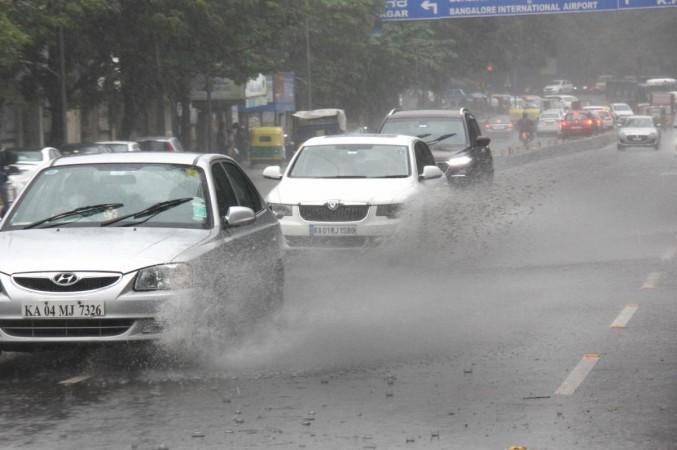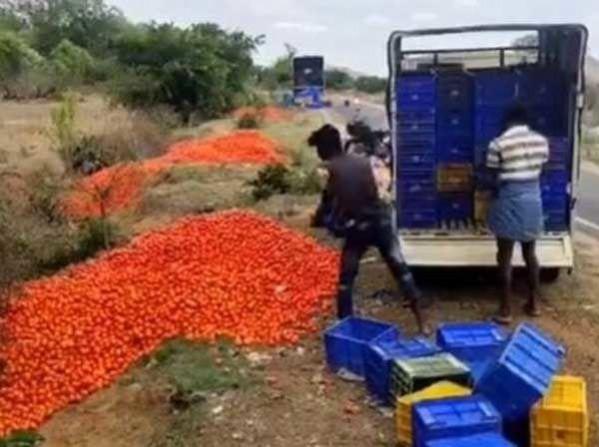Excessive rains in October in north India and later in southern states led to supply chain breaks, which in turn, has led to price rises for onions and tomatoes, the government said on Friday.
The all-India average retail price of tomato has been on the rise from the end of September 2021 due to unseasonal rains in Punjab, Uttar Pradesh, Haryana, and Himachal Pradesh, which led to crop damage and delay in arrival from these states.

Delayed arrivals from the north Indian states were followed by heavy rains in Tamil Nadu, Andhra Pradesh, Telangana, and Karnataka, which disrupted the supply and also resulted in crop damage.
As on November 25, the all-India average price of tomato was Rs 67/kg which is 63 per cent higher than that of last year, a release from the Ministry of Consumer Affairs, Food & Public Distribution said.
Tomato price highly volatile
Tomato price is highly volatile as slight disruptions in supply chain or damage due to heavy rains results in spurt in prices. Conversely, bulk arrival and logistics problems have the potential of creating a situation of glut in the market and resultant dip in retail prices.
As per the Department of Agriculture, the estimated kharif production in the current year at 69.52 LMT is comparable with 70.12 LMT produced last year. Arrivals in November this year were only 19.62 LMT compared to 21.32 LMT last year. Tomato arrivals from North Indian states will start from the beginning of December itself, which will add to availability and lead to fall in prices. In December, arrival is expected to be on par with last year, it said.
In the case of onion, the rise in prices during October 2021 has substantially subsided and the level is below that of the retail prices in 2020 and also 2019. The all-India average retail price of onion as on November 25 was Rs 39/kg which is 32 per cent lower than that of the last year.
Onion buffer of 2.08 LMT built in current year under the Price Stabilisation Fund (PSF) has been released in a calibrated and targeted manner to states/cities, where prices are increasing over the previous month and also to source markets such as Lasalgaon and Pimplegaon to augment the availability in these key mandis, the release said.

Further, states/UTs have been offered onions at Rs 21/kg ex-storage locations. Nagaland and Andhra Pradesh have taken onions from the buffer. Safal has also been supplied at Rs 26/kg inclusive of transportation cost.
The aggressive releases of onion from the buffer have contributed to stability in prices. The Kharif and late Kharif production is estimated at a robust 69 LMT, and kharif onion has already started arriving in the market.
Under the Price Stabilisation Fund scheme, interest free advances are provided to states/UTs for creation of state-level Price Stabilisation Fund, on a 50:50 sharing basis (75:25 in case of NE states).
So far six states, viz., Andhra Pradesh, Assam, Odisha, Tamil Nadu, Telangana, and West Bengal have drawn the advance and a total of Rs 164.15 crore has been released as Central share. These states have the funds and mandate to undertake necessary interventions for controlling prices of essential food commodities.
Other states have also been requested to set up the PSF for state-level interventions to control price rise in essential food commodities, the release added.














